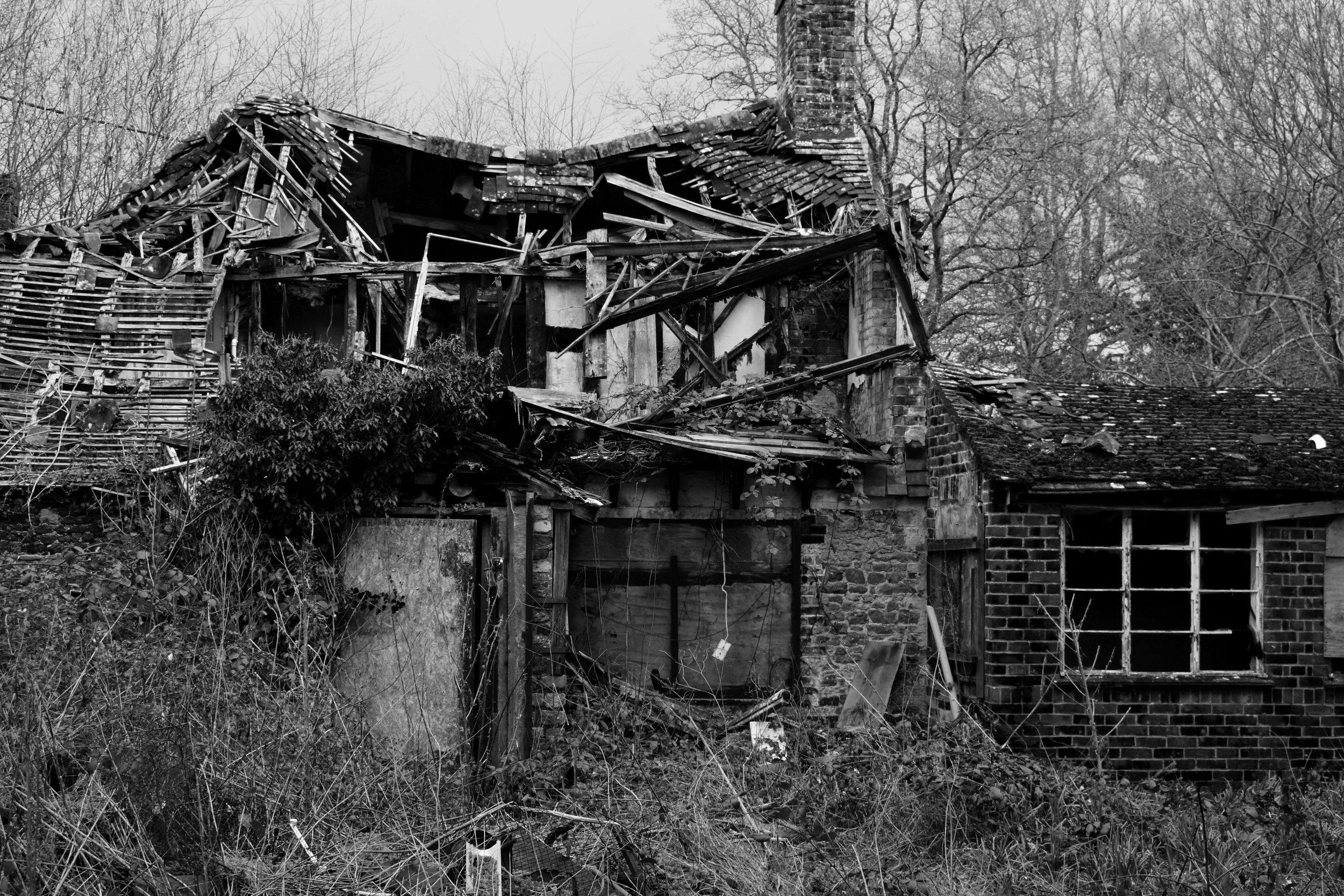How to Build Resilience and Navigate Natural Disasters
Natural disasters strike with an unpredictable force, often leaving devastation in their wake. From earthquakes and hurricanes to wildfires and floods, these devastating events challenge communities worldwide, testing their ability to withstand and recover from adversity. However, resilience in the face of such calamities can be cultivated through proactive measures, preparedness, and collective action.
Understanding Natural Disaster Resilience:
Resilience against natural disasters encompasses the capacity of individuals, communities, and systems to anticipate, prepare for, respond to, and recover from the impacts of these events. It involves not only withstanding the immediate shock but also rebounding, adapting, and thriving in the aftermath. At the end of the day, we strive to thrive, not just survive, and that relies on teamwork and education as well as the courage to withstand tough elements of nature.
Preparedness and Planning:
Proactive planning and preparedness are fundamental in building resilience. Communities equipped with emergency plans, evacuation routes, and access to essential resources are better positioned to mitigate the impacts of disasters. Knowledge is also a powerful tool in disaster resilience. Educating individuals about potential hazards, safety protocols, and the importance of mitigation measures fosters a culture of preparedness and informed decision-making.
Infrastructure and Building Standards:
Robust infrastructure and adherence to stringent building codes significantly enhance a community's ability to withstand natural disasters. Constructing resilient buildings, levees, and storm-resistant structures can minimize damage. Implementing risk reduction strategies, such as land-use planning, ecosystem restoration, and climate-resilient agriculture, helps in adapting to changing environmental conditions and reducing vulnerabilities.
Community Engagement and Collaboration:
Strong community ties and collaborative efforts bolster resilience. Engaging residents, fostering mutual support networks, and establishing partnerships with local authorities and emergency responders are vital in effectively responding to disasters.
Promoting Resilience Through Action:
Implementing effective early warning systems for tsunamis, hurricanes, and other disasters enables timely evacuation and preparedness, saving lives and minimizing damage. Conducting regular training sessions and drills allows communities to practice emergency responses and evacuation procedures, fostering readiness and familiarity during high-stress situations. Keep in mind that the majority of these measures do not have to be carried out to perfection; the most effective strategies results in the majority of the community increasing their awareness and inversely affecting their resilience.
Innovation and technological advancements play a pivotal role in enhancing resilience. From predictive modeling for disaster preparedness to the development of resilient infrastructure, investments in innovation bolster communities' ability to bounce back from disasters. Homeowners can invest in sprinkler systems, advanced alarms, and get in contact with their local authorities to understand more of how they can implement local measures into their evacuation plans.
Embracing sustainable practices and environmental stewardship aids in reducing vulnerabilities to natural disasters. Preserving natural buffers like wetlands and forests can mitigate flood risks, while sustainable land management practices can minimize wildfire threats. This doesn’t just apply to large communities but to individual properties as well! Being more informed about your property’s ability to withstand a natural disaster can help you get certifications and other benefits that aid in the fight against extreme disasters, while also encouraging your neighbors to do the same. Take our wildfire assessment survey to understand the first action items and steps you can take to reduce your risk.
In conclusion, natural disaster resilience is not merely about bouncing back; it's about evolving, learning, and fortifying against future challenges. By fostering a culture of preparedness, investing in resilient infrastructure, promoting community engagement, and embracing innovative solutions, societies can navigate the turbulent waters of natural disasters with greater strength and resilience. Together, we can build a more resilient future, equipped to face the uncertainties posed by our changing world.

